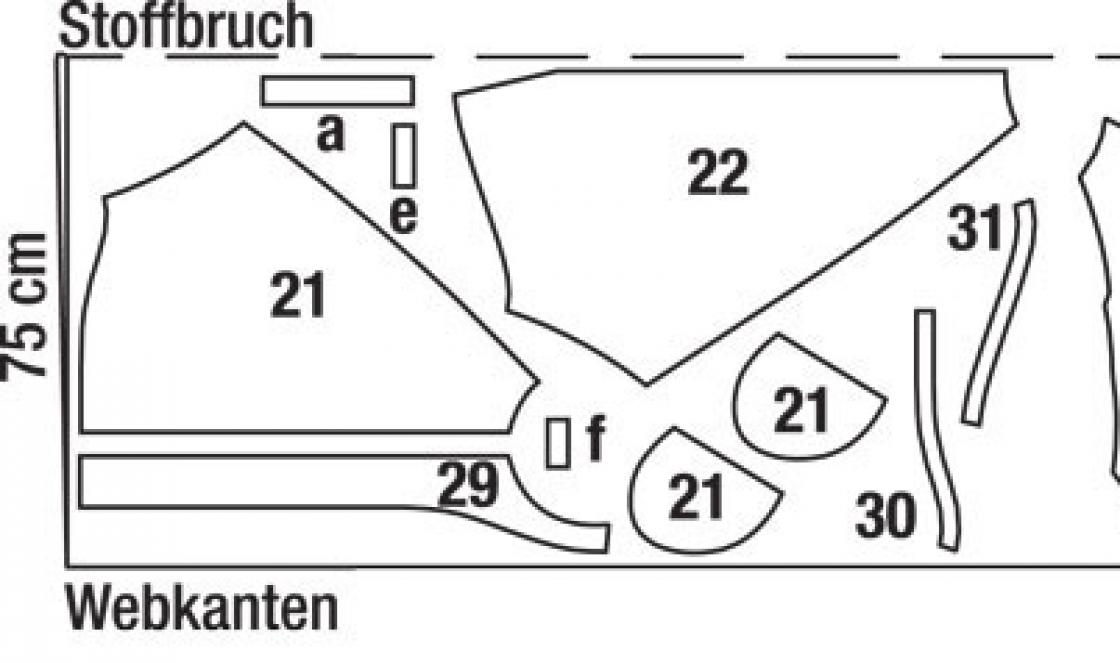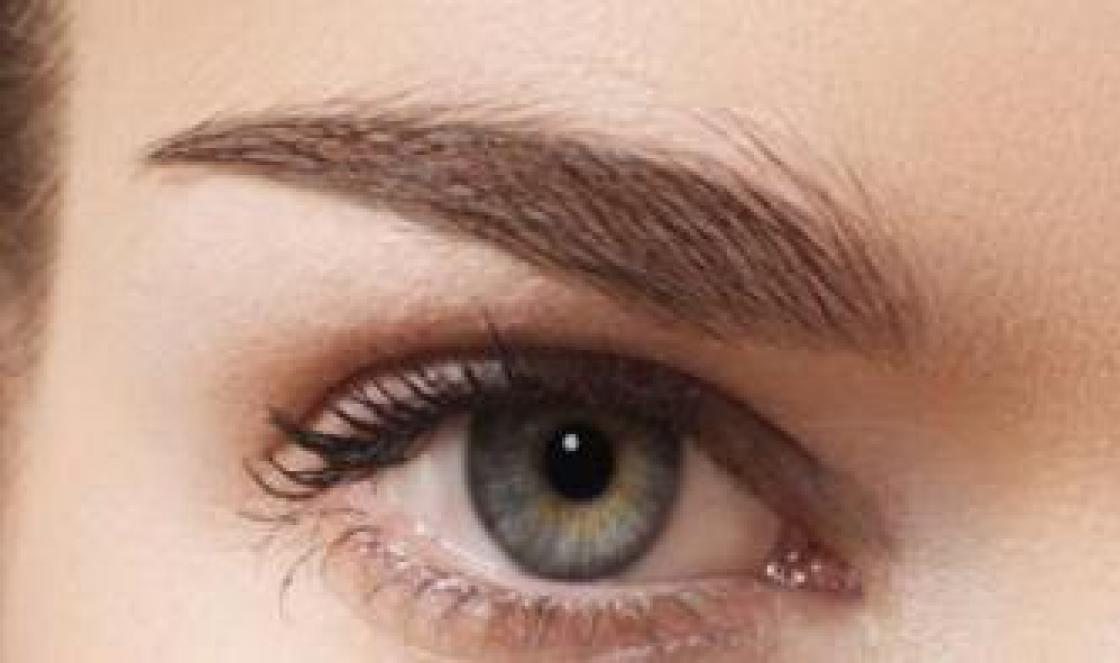Registration number: LSR-005807/09-170709
Trade name of the drug: Medical antiseptic solution
International Nonproprietary Name (INN): ethanol
Chemical name: ethyl alcohol.
Dosage form: solution for external use
Compound: 95% food grade rectified ethyl alcohol.
A 24-hour clinical laboratory, immuno-hematological and radiological examination is provided. The opportunity was provided for consultation with a neonatologist or pediatrician from the neonatology department of the second and third level of competence. The opportunity was provided for consultations with other specialists - the location or transport of the newborn child to other medical institutions.
Provided transport - own or contract with an emergency medical center. Scheduled delivery of blood products within 24 hours. Requirements for the result of the activity. General and specialized indicators on criteria for access to medical care, timeliness of provision medical care.
Description: 95% solution is a transparent, colorless, mobile, volatile liquid with a characteristic alcoholic odor.
Pharmacotherapeutic group: antiseptic.
ATX code D08AX08
PHARMACOLOGICAL ACTION
Antimicrobial agent, at local application provides antiseptic effect(denatures proteins of microorganisms). Active against gram-positive and gram-negative bacteria and viruses.
Degree of accessibility with 24-hour access to medical care. The degree of provision of opportunities for consultations with other specialists - the number of consultations held. Possibility of transportation in neonatology departments with more high level competence or in specialized children's clinics.
Neonatal morbidity and mortality. Number of premature and low birth weight infants. Number of patients transferred to other medical facilities. Other specialists who operate in a medical institution in the relevant specialty.
INDICATIONS FOR USE
Treatment initial stages diseases: boil, felon, mastitis; treatment of the surgeon's hands (Furbringer, Alfred methods), surgical field (including in persons with hypersensitivity to other antiseptics, in children and during operations on areas with thin skin in adults - neck, face).
As a local irritant.
Requirements for the structure for carrying out activities. The neonatological structure of the second level of competence has a birth hall, patient rooms for healthy newborn children; patient rooms for intensive care and patient rooms for post-treatment and special care.
Equipment and facilities for premises. Birth hall - according to section A “First level of competence”. The doctor's office is equipped with a telephone, a negative camera and a computer with Internet access. A room or technical assistant room equipped with a computer system for processing medical records.
CONTRAINDICATIONS
Hypersensitivity.
METHOD OF APPLICATION AND DOSES
Externally in the form of lotions. The drug is diluted, if necessary, to the required concentration and used according to indications. A 70% solution is used to treat the surgical field and preoperative disinfection of the surgeon’s hands.
A 40% solution is used as an irritant for compresses and rubdowns (to avoid burns).
Patient rooms for healthy newborn children are recommended - according to section A “First level of competence”, paragraph 7 and decentralized education of newborn children. Rooms for intensive care of patients. Intensive treatment rooms are located on the same floor as the home. If it is not possible to place intensive treatment rooms and the maternity ward on the same floor, an elevator is provided that allows the incubator to be transported.
The number of intensive beds ranges from 2 to. Health requirements for intensive care facilities: floor with a smooth surface, without joints or corners; wide doors for switching devices; walls with a smooth finish without joints; aluminum or PVC joinery; external blinds.
SIDE EFFECTS
Allergic reactions, skin burns, redness and soreness of the skin at the site of the compress.
Partially absorbed through the skin and mucous membranes and can have a resorptive, general toxic effect (suppression of the central nervous system).
SPECIAL INSTRUCTIONS
When used externally, ethanol is partially absorbed through the skin and mucous membranes, which must be taken into account when using it in children.
The intensive newborn unit includes the following equipment. Intensive care incubator. Device for mechanical ventilation. Monitor for vital important functions or pulse oximeter. Oxygen flow meter capable of heating and humidifying oxygen - 1.
Central unit terminals: one for compressed air, one for vacuum, two for oxygen. Contacts - at least 6. Cabinet for individual consumables. Stand with holders for suction catheters, feeding tubes, etc. The aftercare and special care bed includes the following equipment.
RELEASE FORM
Solution for external use 95%.
50, 100 ml of the drug in glass bottles with a screw neck type FV.
50.100 ml of the drug in glass jars with a screw neck, type BV.
100 ml of the drug in glass bottles.
100 ml of the drug in glass bottles with a screw neck, type FVB or FVZh.
Each vial, jar or bottle is placed in a cardboard pack, on which the full text of the instructions for medical use is printed.
For hospitals, 15,20,30,40 and 50 cans, bottles or vials of 50 ml or 100 ml with the corresponding number of instructions. for medical use are placed in group containers: cardboard boxes or feet.
Specialized incubator or thermal mower. Contacts - at least 3 pcs. Oxygen flow meter capable of heating and humidifying oxygen. A room associated with patient rooms or a toilet for a newborn nursery. Dairy kitchen - according to section A “First level of competence”.
Manipulative, equipped with refrigerator, medicine cabinet and sterile laminar flow box. Outdoor equipment and equipment cleaning area for newborn babies. Premises for disinfection and preparation of sterilization materials.
STORAGE CONDITIONS
In a well-closed container, away from fire, at a temperature not exceeding 20°C.
Keep out of the reach of children.
BEST BEFORE DATE
5 years. Do not use after the expiration date stated on the package.
CONDITIONS OF VACATION FROM PHARMACIES
According to the recipe.
MANUFACTURER AND ORGANIZATION ACCEPTING CONSUMER CLAIMS:
OJSC "Kirov Pharmaceutical Factory".
610000, Kirov, st. Moskovskaya 27a
Rooms for clean incubators, respirators, infusion pumps, photo lamps and much more. Dressing room for outerwear for staff. Staff bathroom with shower, toilet, hot water sink cold water, distributors for liquid soap, hand sanitizer and paper.
Warehouse for consumables, spare parts and disinfectants. Room for information of parents and for the delivery of newborn children. Requirements for the provision of medical equipment, facilities and equipment and other conditions for the implementation of activities.
An antiseptic solution is a volatile liquid that is flammable. Characterized by a specific odor. The active principle is ethanol. Mixes well with water and chloroform. Volume concentrations are determined in degrees, weight concentrations - in percentages. The antiseptic solution is stored in a cool place, in a tightly sealed container. The shelf life of the drug is up to five years. It must be used no later than the date indicated on the package.
Mandatory requirements. Providing equipment and consumables to the neonatological structure of the second level of competence. Neonatal monitors for vital signs - at least 4 items. Pulse oximeters - at least 2. Respiratory resuscitation apparatus - 2.
Stationary incubators - at least 5. Transport incubator - 1. Respiratory devices for newborns - at least 2 pcs. Infusion pumps - minimum 6 pcs. Device for continuous positive pressure in respiratory tract- 1 pc. Additional equipment and consumables.
Antiseptic solution: mechanism of action. When administered topically, ethanol exhibits an irritating effect. When applied to the skin and mucous membranes, a feeling of cold occurs, which changes into burning sensation, and then hyperemia. This action first occurs reflexively, and then by the direct influence of ethanol on the capillaries. The irritation of the receptors changes by inhibition of their sensitivity, as a result of which its analgesic (analgesic) effect is manifested.
Central oxygen installation. Central suction system. Thermal resort for newborn children. Tabletops in patient toiletries and neonatal manipulation. Sets with two buckets for separate collection of waste in each patient's room.
Cabinets for storing clean linen. Emergency storage cabinets medicines. Cabinets for storing consumables. Containers for sterilization of consumables and equipment, as well as sterilized ones. Continuous positive airway pressure device - Nasal chromatosis.
When taken orally in a 5-10% concentration, the aseptic solution activates the secretion of the gastric glands; in higher concentrations it inhibits the secretion of gastric juice, but stimulates the secretion of mucus without significantly affecting gastric motility and intestinal peristalsis. 70-90% ethanol provokes the development of strong vacuum with the release large quantity mucus. An antiseptic solution in moderate concentrations restores dysfunction of the gastrointestinal tract.
Mobile X-ray machine. Mobile ultrasound machine. Transport incubator. Otoacoustic emission device - for neonatal auditory screening. Umbilical catheters - single and double-beam. Laryngoscopes with straight spoons and battery.
Tiled type "Mazil". Neonatal dental resuscitation bubbles with three mask sizes or neonatal resuscitators. Oxygen masks. Oxygen nasal catheters. Oxygen tents. Sterile gauze, compresses, sterile gloves, sterile aprons and other materials necessary for the healing process.
When applied to a wound surface or after subcutaneous injection, ethanol at 70% and higher concentrations can cause due to the ability to easily take away cellular water, which leads to protein coagulation. This explains its bactericidal effect. A medical antiseptic solution of 95% concentration does not destroy microorganisms, since it only acts superficially. The antimicrobial effect is most pronounced in 50-70% alcohol solutions.
Syringes, needles. Insurance with equipment and facilities in medical institutions. On the hospital premises, it is mandatory for the inpatient neonatology care structure of the second level of competence to have structures for X-ray - X-ray spectroscopy and 7-hour working day columns for staff, as well as on call if necessary; clinical laboratory from the second level of competence.
Equipment and facilities that may be insured under a contract with other medical institutions. Immunohematology laboratory in a village or district. Computed axial tomography or magnetic resonance imaging in the village.
Medical antiseptic solution: indications for use. Alcohol is easily absorbed by the mucous membranes, with 20-40% in the stomach, 60-80% in the intestines. appears after about twenty minutes. The resorptive effect is similar to the effect of drugs. After absorption, the drug is evenly distributed in the tissues, where it is partially oxidized by the enzyme alcohol dehydrogenase, releasing a large amount of energy. However, most of the ethanol is excreted unchanged from the body through
Department of pathological anatomy of the region. Virus and cytogenetic laboratory. Hormonal laboratory and laboratory for the diagnosis of congenital substance obstruction disease on the site site. Additional recommended conditions to ensure high quality medical activities: Providing opportunities for checkpoints in a health care facility.
One of the doctors sought to specialize in neonatology, and at least two of them obtained a pediatric specialty and qualification in neonatology. The head of the department has a specialty in neonatology and at least 3 years of internship. Additional qualifications of doctors.
Alcohol anesthesia is characterized by clearly defined stages, especially the stage of excitation. It should be said that, unlike other drugs, this stage manifests itself with full consciousness. The spectrum of narcotic action of ethanol is narrow, so it is very dangerous to use it for complete anesthesia. For example, in human blood the physiological norm is considered to be an ethanol content of 4 mg per 100 ml; intoxication of varying degrees occurs at concentrations from 20 to 200 mg. per 100 ml, coma - at 400 mg/100 ml or more, death occurs at a concentration close to 700 mg/100 ml. Under the influence of alcohol, heat production decreases and heat transfer increases, which can lead to hypothermia. In this case, breathing becomes shallow due to depression of the respiratory center, the pulse quickens, and blood pressure decreases due to the expansion of peripheral vessels.
Physicians with a specialty in neonatology must have additional qualifications for ultrasound diagnostics. Physicians with board certification in pediatrics must have additional training in CPR of newborn infants - individual training at least 15 days in a neonatology delivery room structure of the third level of competence and at least one month of training in a neonatology structure from the third level of competence.
Doctors who have received a specialty in neonatology and pediatrics must undergo additional training for cardiopulmonary resuscitation of newborns - Tutoring one month in the maternity ward structure of neonatology of the third level of competence and at least two months of training in the structure after neonatology with the third level of competence.
External use of an aseptic solution ensures action. When exposed to alcohol, the microbial cell denatures and coagulates proteins. This drug exhibits a bacteriostatic effect against gram-negative and gram-positive bacteria, as well as viruses. In surgical practice it is used for the surgical field and hands, in pharmacy - for the preparation of extracts and infusions.
Other specialists in a medical institution: a doctor with a recognized subject in diagnosis; physician with a recognized subject in a clinical laboratory, clinical laboratory assistant; X-ray laboratory technician. Search for action. Search for types and common medical practices.
Diagnostic medical effects. Additional diagnostic procedures. Ophthalmological examinations: other diagnostic procedures of the retina, choroid, vitreum and posterior chamber; ophthalmoscopy. Fiction: Traffic Police; Traffic police; Belly Traffic; another X-ray scan of the skull; other x-ray examination of the spine; another x-ray of the digestive tract; another x-ray of the urinary system; skeletal x-ray of the upper arm and shoulder; skeletal x-ray examination of the elbow and forearm; skeletal x-ray and palpation of hands; other skeletal x-ray examination of the pelvis and hip; skeletal x-ray examination of the hip, knee and lower leg; skeletal x-ray of the ankle and foot; Diagnostic ultrasound examination of the head and neck; diagnostic ultrasound examination digestive system; Diagnostic urinary ultrasound; diagnostic ultrasound examination abdominal cavity and retroperitoneal space.





